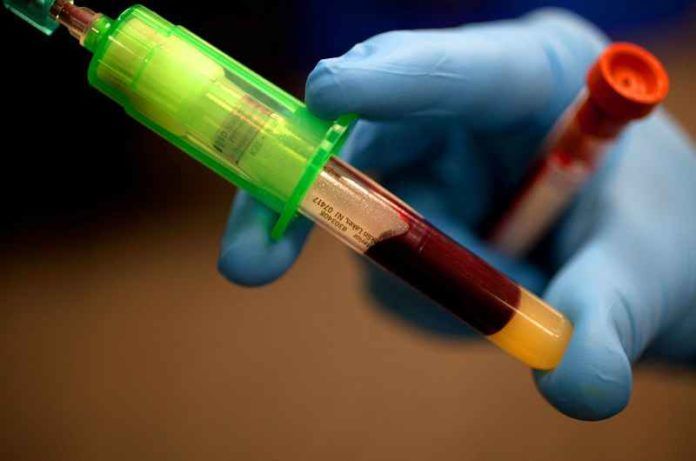In three 2017 studies, the effects of testosterone therapy in older men were investigated. Their findings suggest testosterone therapy improves skeletal health and anemia in older men.
Low levels of testosterone are believed to be associated with health complications in men. The benefits of testosterone supplementation therapy – especially in older men, in whom levels of testosterone are lower than in their younger counterparts – found by earlier studies, however, have been called into question, and as such, there have been renewed efforts to investigate its effects on health and wellbeing. In an editorial piece published in JAMA Internal Medicine, the findings of three 2017 studies on the beneficial effects of testosterone therapy in older men are highlighted.
The decline in sex steroids, such as testosterone and estradiol, in older men is associated with increased risks of bone fracture and osteoporosis – a condition marked by the embrittlement of bones over time. Snyder and associates explored the effect of testosterone therapy on bone density in older men with low testosterone. Restoring testosterone, through the application of a testosterone gel over the course of a year, to levels similar to those found in young men was associated with increases in bone mineral density – most notably in the load-bearing vertebral bodies of the spine, which increased in volume and estimated strength – comparable to those seen with osteoporosis treatment. These results suggest testosterone therapy may have a beneficial impact on skeletal health in older men, and may even provide an alternative to osteoporosis drugs for the treatment of men with borderline osteoporotic bone mineral density and low levels of testosterone. Further long-term study in osteoporotic men and men with low bone mineral density of other causes that assesses the impact of testosterone therapy on fracture risk will be required to explore the scope of these effects on skeletal health.
Testosterone has also been shown to be involved in the production of red blood cells. In a study by Roy, Snyder, and associates exploring the association between testosterone levels and anemia – a condition marked by low levels of red blood cells or the oxygen-carrying protein within them, hemoglobin – in older men, testosterone therapy was associated with increases in hemoglobin and in the proportion of men who were no longer anemic after treatment for 1 year. Moreover, these effects were also observed in men with anemia of unknown causes. These findings suggest that, in the treatment of older men with anemia, routine screening of testosterone levels may be beneficial, and that in men found to have low testosterone, especially those with unexplained anemia, supplementation should be considered. As high hemoglobin levels were observed by the end of treatment in patients who did not have anemia at the start of the trial, monitoring hemoglobin levels during testosterone therapy may also be a beneficial practice. Longer studies will be required to appropriately assess the risk of adverse events.
There have been conflicting findings concerning the effects of testosterone therapy on cardiovascular risk. Using data from medical records, Cheetham and associates explored the association between testosterone therapy and cardiovascular risk in men with low levels of male sex hormones including testosterone. Compared to untreated men, men who received testosterone therapy had 33% fewer adverse cardiovascular events over the course of 3.4 years. The study population, however, primarily consisted of younger men, and as such, the findings may not be wholly generalizable to older men. Trials in older men, who may be at greater risk for adverse cardiovascular events and more vulnerable to their effects, will be required to adequately assess cardiovascular risk.
The findings of these studies suggest testosterone therapy improves skeletal health and anemia in older men. Further, they may serve to inform guidelines regarding the safe and appropriate use of testosterone therapy, especially related to the elevation of hemoglobin levels associated with its use, its potential as an alternative to osteoporosis drugs in older male patients with low bone mineral density, and its potential as a treatment for unexplained anemia. Larger, long-term trials will be necessary to address its effects on fracture and cardiovascular risk and the prevalence of adverse events.
Written By: Raishard Haynes, MBS



